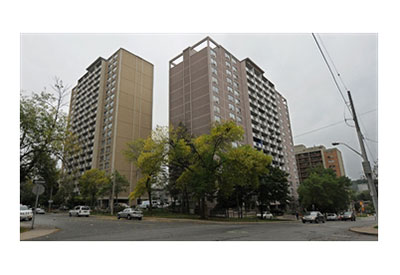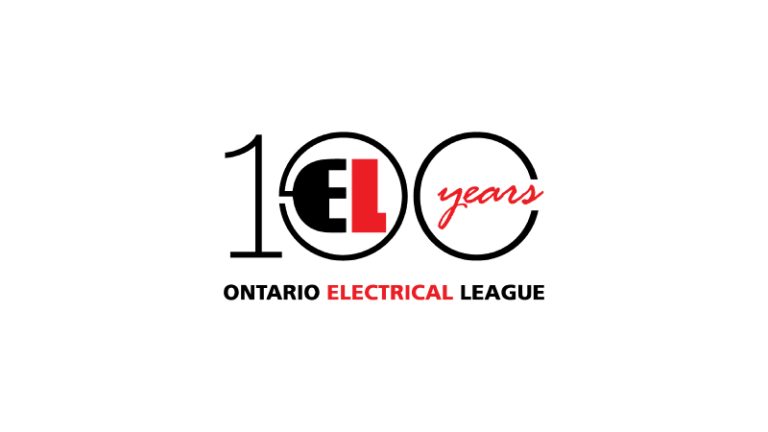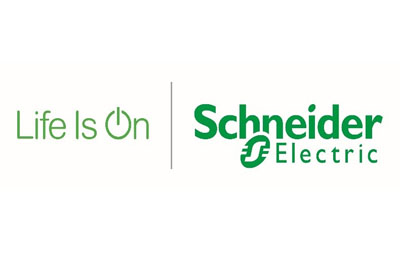Schneider Electric Named #1 Energy-as-a-Service Provider

Mar 7, 2019
Global research firm Navigant has named Schneider Electric its #1 energy-as-a-service (EaaS) provider in a recent report for commercial and industrial market segments.
Energy is undergoing considerable transition as generation decentralizes and demand for electrification — fuelled by the global trends of digitization and decarbonization — increases. As a result, the model for how energy is purchased and utilized is changing. Yet, while the benefits of this transition are myriad, cost of entry for commercial and industrial corporations, to date, has been high.
EaaS has emerged as a model to lower this barrier to entry. Like other service-driven market shifts, EaaS is fundamentally changing the way companies think about energy procurement and management. EaaS is a more dynamic solution, incorporating a variety of elements that reflect the broader energy transition away from rigid, centralized systems to ones that are more flexible and responsive, like microgrids. Other fundamental activities within EaaS range from replacing central plants or other equipment to owning and operating metering systems or CHP plants.
Corporate adoption of DERs is on the rise, growing, on average, 11% YoY
In the EaaS model, companies partner with solution providers like Schneider Electric to actively manage the company’s energy portfolio and financing. Typically, the solution provider delivers services that result in guaranteed performance to the corporation and a reduction in liability. These services are custom designed to achieve calculated outcomes, such as energy cost savings or equipment uptime, and can result in reduced performance risk and a decreased capital burden.
The energy service agreement protects cash flow and can often generate new revenue streams. This allows the corporate beneficiary to use innovative structures such as power purchase agreements, leases and energy performance contracts to avoid CAPEX investment, which is then deployed against other energy and sustainability projects.
As defined in the report, EaaS solutions:
• support companies in achieving energy use reductions and cost savings, enabling them to meet sustainability and operational efficiency goals
• include traditional energy efficiency solutions and beyond, such as DER solutions (e.g., renewables) and new load management and optimization solutions (e.g., demand response, microgrid)
• offer innovative options for financing, leading to new business models and greater customer choice
To learn more, access the report.










![Guide to the Canadian Electrical Code, Part 1[i], 26th Edition – A Road Map: Section 10 – Grounding and Bonding](https://electricalindustry.ca/wp-content/uploads/2022/11/Guide-CE-Code-2.png)





